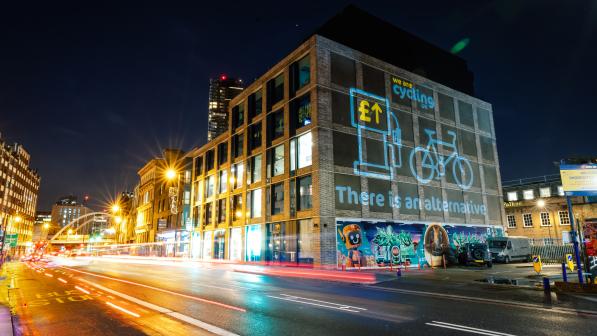Cycling has time and again been proven to be better for not just you, but the environment and those around you. No surprise then, that more and more people are opting to cycle – whether that’s to work, for leisure, or to study.
But to enable more people to cycle we need secure, safe, and reliable infrastructure. That includes improving cycle lanes, bettering accessibility, and furthering quality cycle parking.
One of the areas standing to gain from durable, reliable, and user-friendly cycle parking facilities are universities.
University campuses are busy throughout the day, with both staff and students travelling in and out for seminars and lectures. To accommodate the increasing numbers of people cycling, that parking requires detailed thought and planning.
Here’s a guide to the benefits of these improvements, and what universities can do to put these changes into practice.
Cycling Improves Well-being and Productivity
Secure, well-located, accessible, and easy to use cycle parking will ultimately help encourage more people to commute via bicycle. When you know and can trust you’ll have somewhere safe and secure to park your bike, you’re more likely to cycle.
And more people cycling brings individual benefits. Those cycling to work have been shown to take fewer sick days, for instance. Alongside improving health, well-being and productivity, in many urban areas cycling will be the quickest and most efficient mode of transport.
That should mean more students attending lectures and classes, with an increase in focus and productivity.
Storing all parked bicycles in dedicated areas also makes it easier to prevent bike theft. With either basement areas or shelters, CCTV and lighting are deterrents which are easily implemented.
Further, in the long run with more people cycling to university, the demand for car parking will decrease. Cars occupy more parking space, whether that’s on street or in car parks. Affording the campus that extra space for wider pavements or new university buildings can be very valuable.
Campus Benefits
For the university campus, more secure dedicated cycle parking means avoiding students and staff chaining their cycles to fencing, lampposts, or trees.
That reduces clutter and eyesores, and can help transform campus areas into more welcoming, and green spaces, with less congestion and more opportunities to improve walking and sitting areas.
Sedum living roofs on cycle shelters help encourage wildlife, provide natural drainage, and what’s more look great.
Shelters come in a range of finishes – timber, mesh, profile, or glass. With that choice, you can match the finish to surrounding buildings – helping integrate the facility into the campus rather than making it an afterthought.
With an increased volume of cyclists comes a reduction in cars and therefore noise and air pollution. It’s a virtuous circle where the more people you have cycling, the increased likelihood further people are likely to join. And that can only begin with the right infrastructure.





